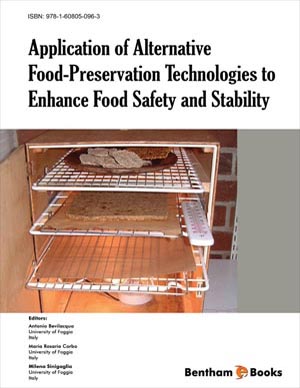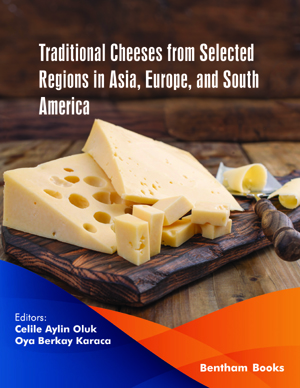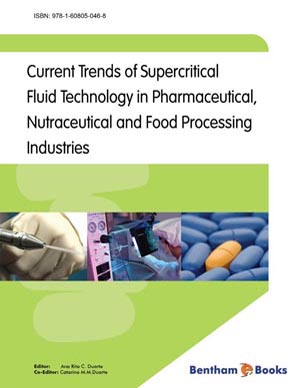Abstract
Contaminants are substances that may be present in foods as a result of production, preparation, food formulation, processing, packaging, transport and storage, as well as a result of environmental contaminant. Among them, process contaminants are generated in foods due to chemical reactions occurring during cooking, processing and preservation and are considered to exert adverse toxicological effects in humans. This chapter focuses on some of these process contaminants, specifically on contaminants formed after thermal treatment of foods, such as acrylamide, furan, heterocyclic aromatic amines, chloropropanodiols and their esters, glycidol and glycidyl esters. Heat-generated food contaminants are mostly produced during cooking at high temperatures as a result of Maillard reaction and lipid oxidation, although other non-thermal reactions may also contribute to their formation. Characterization, toxicological considerations, chemical formation, occurrence and exposure are detailed, as well as mitigation strategies applied to prevent their formation and/or reduce and remove from the processed food.
Keywords: Acrylamide, Analysis, Chemical reaction, Cooking, Diet, Exposure, Food safety, Furan, Glycidol esters, Heat, Heterocyclic aromatic amines, Intake, Maillard reaction, Mitigation, 3-monochloropropanediol, Preventive strategies, Process contaminants, Risk, Toxic, Xenobiotics.



















